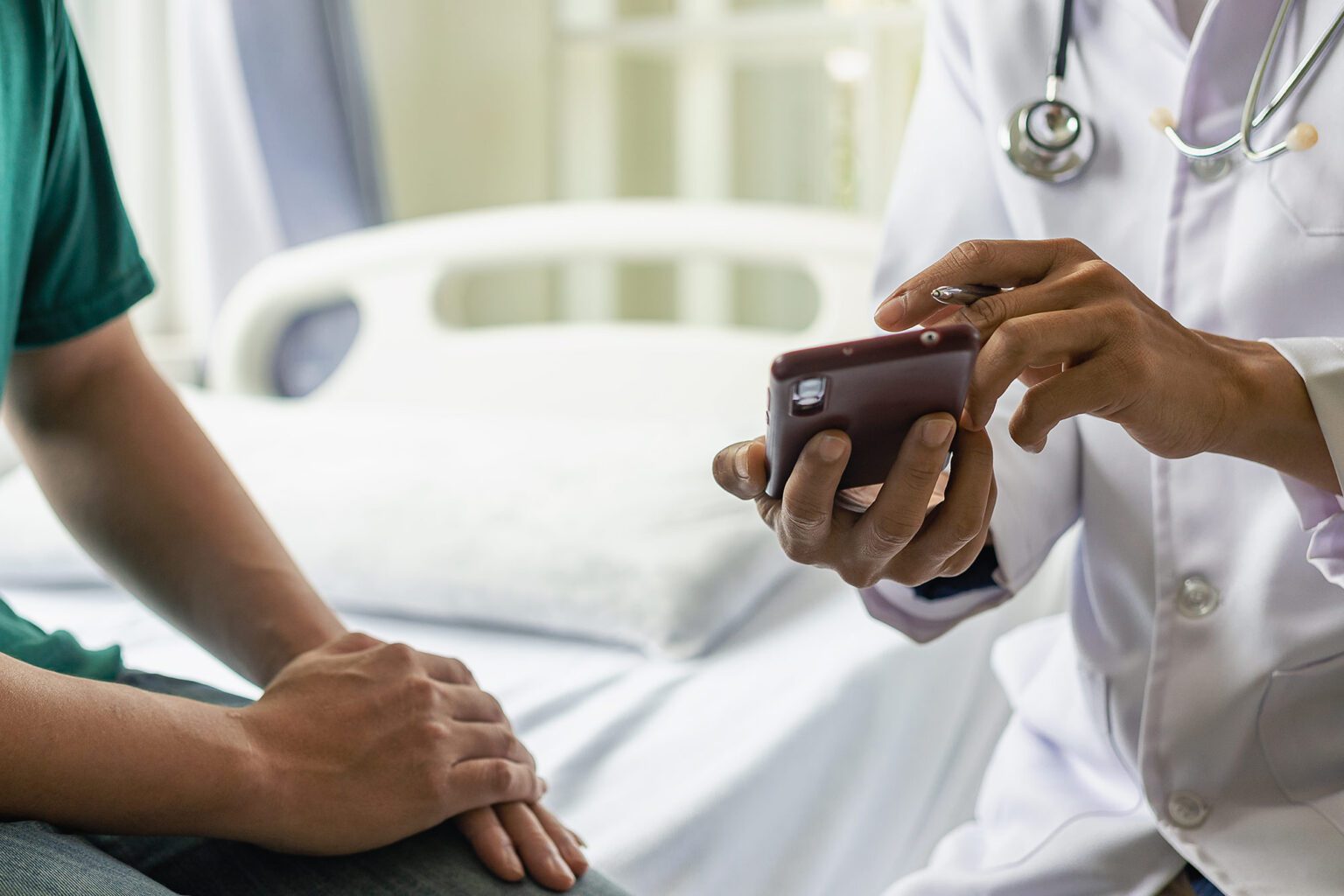In the healthcare industry, clear and effective communication is crucial for ensuring patients receive the care they need. One of the most impactful advancements in recent years has been the integration of direct messaging systems. By enabling seamless and secure communication between healthcare providers and patients, direct messaging has transformed how medical services are delivered and received. In this blog, we will explore how direct messaging enhances patient care and communication, including its role in streamlining processes such as patient statement mailing service and its connection with direct mail automation software.
The Role of Communication in Patient Care
Patient care goes beyond diagnosis and treatment; it also involves ensuring patients understand their medical conditions, treatment plans, and financial obligations. Effective communication fosters trust, reduces confusion, and encourages patient compliance. However, traditional communication methods like phone calls or mailed letters can be inefficient and time-consuming.
Direct messaging bridges this gap by offering real-time, secure, and personalized communication channels. Patients can easily connect with their healthcare providers, schedule appointments, or inquire about medical advice—all without delays.
Benefits of Direct Messaging in Healthcare
1. Improved Patient Engagement
Direct messaging allows patients to actively participate in their healthcare journey. With quick access to their providers, patients are more likely to ask questions, report symptoms, and follow treatment plans. This proactive approach helps identify potential issues early, leading to better outcomes.
2. Enhanced Accessibility
For patients living in remote areas or those with mobility challenges, direct messaging eliminates the need for in-person visits for minor concerns. By enabling virtual communication, healthcare providers can offer care that is both convenient and efficient.
3. Secure Information Sharing
Direct messaging platforms are designed with robust encryption and compliance with regulations like HIPAA. This ensures that sensitive medical information is shared securely, protecting patient privacy.
4. Streamlined Administrative Tasks
Tasks like appointment reminders, test result notifications, and bill payments can be managed through automated messaging systems. This reduces administrative burdens on staff and ensures patients receive timely updates.
Direct Messaging and Patient Financial Communication
One area where direct messaging has made a significant impact is patient billing. Communicating financial information clearly and efficiently is essential for maintaining trust and ensuring timely payments. By integrating direct messaging with a patient statement mailing service, healthcare providers can:
- Send automated billing reminders.
- Provide detailed explanations of charges.
- Offer convenient payment options through digital links.
This seamless approach minimizes confusion and enhances the patient experience, ultimately improving cash flow for healthcare organizations.
Leveraging Direct Mail Automation for Better Communication
While digital communication has its advantages, physical mail remains a crucial component of patient communication. Many patients still prefer receiving important documents like medical statements and appointment letters in print. This is where direct mail automation software plays a vital role.
Direct mail automation streamlines the process of printing, packaging, and mailing documents. By integrating this software with direct messaging platforms, healthcare providers can:
- Personalize Communication: Tailor messages and documents to individual patients for a more personal touch.
- Ensure Timely Delivery: Automate mailing schedules to ensure critical documents reach patients on time.
- Reduce Costs: Eliminate manual processes, saving time and reducing errors.
Case Study: Direct Messaging in Action
Consider a mid-sized clinic that recently adopted a direct messaging platform integrated with direct mail automation software. The clinic used the system to:
- Send appointment reminders via text and email.
- Deliver patient statements using an automated patient statement mailing service.
- Notify patients about test results and follow-up care.
The result? The clinic experienced a 30% reduction in missed appointments, faster bill payments, and higher patient satisfaction scores.
Overcoming Challenges with Direct Messaging
Despite its benefits, implementing direct messaging systems can come with challenges, such as:
- Adoption Resistance: Some patients and staff may prefer traditional communication methods.
- Technical Issues: Ensuring systems are user-friendly and reliable is critical.
- Data Security Concerns: Robust encryption and regular audits are essential for maintaining trust.
By addressing these challenges with proper training, reliable technology, and clear communication, healthcare providers can maximize the benefits of direct messaging.
The Future of Direct Messaging in Healthcare
As technology evolves, direct messaging systems will become even more sophisticated. Features like AI-driven chatbots, multilingual support, and predictive analytics will further enhance patient communication and care delivery. Integrating these systems with existing tools like patient statement mailing services and direct mail automation software will create a comprehensive communication strategy that caters to all patient needs.
Conclusion
Direct messaging is revolutionizing patient care and communication. By providing a secure, efficient, and personalized way to connect with healthcare providers, it improves patient outcomes, streamlines administrative processes, and enhances overall satisfaction. When combined with tools like direct mail automation software and patient statement mailing service, direct messaging becomes an indispensable part of modern healthcare.
For healthcare organizations looking to improve their communication strategies, investing in direct messaging and automation tools is a step toward a more connected and patient-focused future. Start exploring these solutions today to transform how you interact with and care for your patients.

